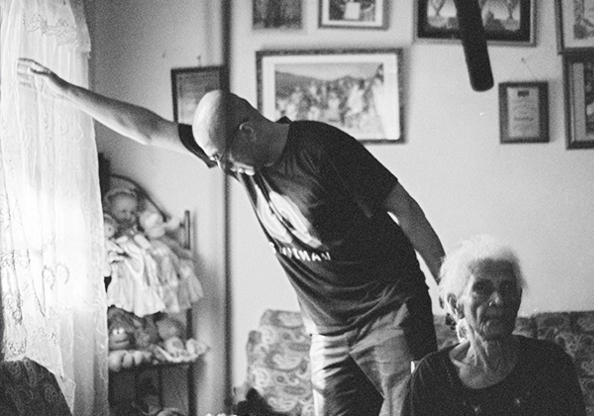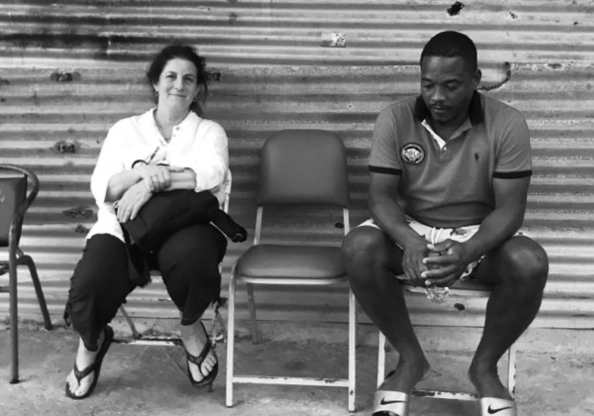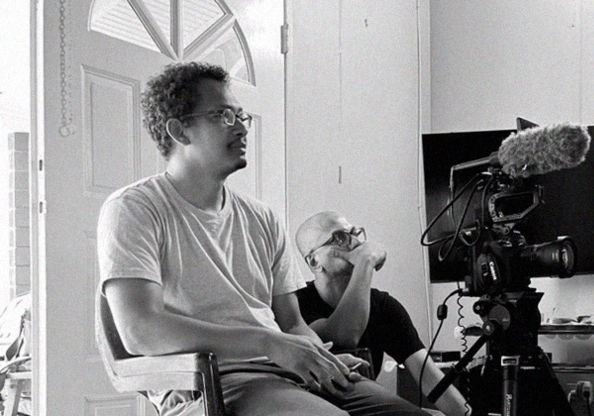Caribbean Landscapes and Everyday Life An Enquiry into Environmental Experience
Possible Landscapes is a poignant exploration of intergenerational experiences of Caribbean environments shot over two seasons in Trinidad and Tobago. Across sugarcane fields, steep hillsides, on fishing boats and through dying coral reefs, the film presents intimate portraits of people in their daily lives and examines the impacts of colonial legacies, post-independence aspirations, and the evolving forces of extractivism.
Researching “Possible Landscapes” Methods, Aims, and Historical Inquiry
The Possible Landscapes research project set out to develop methods of field research and representation, drawing on the visual and narrative resources of documentary film, that foreground intergenerational lived experience of landscapes and environments in the Caribbean islands of Trinidad and Tobago, and to query the formation of environmental and climate imaginaries, with a view to getting at larger historical questions—of migration, plantation societies, extractivism, the legacies of colonialism and post-independence struggles—that inform everyday practices in ways that are difficult to identify and to articulate, because they are concretely lived.
Credits
Directed by
Kannan Arunasalam
Produced by
Tao DuFour and Natalie Melas
Filmed by
Kannan Arunasalam
Written by
Kannan Arunasalam, Tao DuFour, Natalie Melas
Edited by
Kannan Arunasalam
Based on an original idea by
Tao DuFour, Natalie Melas
Music by
Jeanine Ruiz
Sound
Peregrine Andrews
Assisted by Seb Bruen
Color
Jeremy Hogg
Research Team
Keiron Curn de Nobriga and Carla de Haro
Archival Researcher and Participant Coordinator
Mario Lewis
Sound Recordist and Field Consultant
Antonio Emamali
Drone Footage
Jelani Serrette
with additional footage by
Ravin Ramkissoon
Graphic design
Valeriya Klets






















